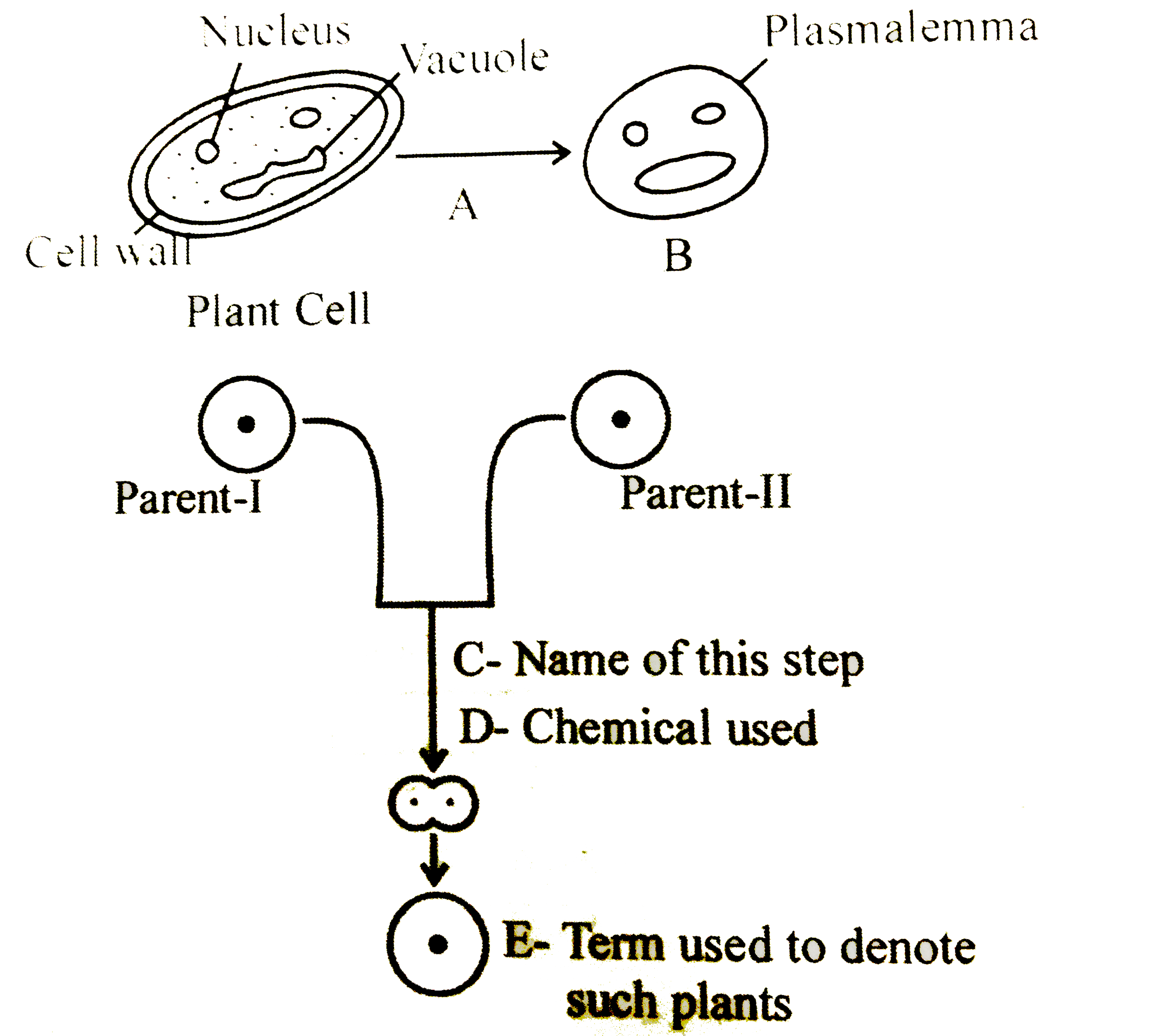Fruit, meat and milk are preserved at room temperature through the process of
(a) Pasteurisation
(b) Fridge
(c) Dehydration
(d) Vernalisation
Pasteurisation
Fridge
Dehydration
Vernalisation.
The correct Answer is:C
To solve the question regarding how fruit, meat, and milk are preserved at room temperature, let's analyze the options step by step:
Step 1: Understanding the Preservation Methods
We need to identify which method allows for the preservation of fruit, meat, and milk at room temperature.
Step 2: Evaluating Each Option
1. Pasteurization: This method involves heating food to kill harmful microorganisms. However, it requires high temperatures, which contradicts the requirement of preservation at room temperature. Therefore, this option is incorrect.
2. Fridge: Refrigeration involves storing food at low temperatures to slow down microbial growth. Since this method operates at lower temperatures than room temperature, it is not suitable for this question. Thus, this option is also incorrect.
3. Dehydration: This process, also known as drying, removes moisture from food, which prevents microbial growth. Dehydration can occur at room temperature, making it a viable method for preserving food items like fruit, meat, and milk. Therefore, this option is correct.
4. Vernalization: This is a biological process that induces flowering in plants and is unrelated to food preservation. Hence, this option is incorrect.
Conclusion
The correct answer is (c) Dehydration, as it allows for the preservation of fruit, meat, and milk at room temperature by removing moisture and preventing microbial growth.
---
We need to identify which method allows for the preservation of fruit, meat, and milk at room temperature.
1. Pasteurization: This method involves heating food to kill harmful microorganisms. However, it requires high temperatures, which contradicts the requirement of preservation at room temperature. Therefore, this option is incorrect.
The correct answer is (c) Dehydration, as it allows for the preservation of fruit, meat, and milk at room temperature by removing moisture and preventing microbial growth.
Topper's Solved these Questions
- KINGDOM MONERA (THE PROKARYOTES)BOOK - DINESH PUBLICATION ENGLISHCHAPTER - KINGDOM MONERA (THE PROKARYOTES)EXERCISE - CHECK YOUR GRASP
20 Videos
- KINGDOM MONERA (THE PROKARYOTES)BOOK - DINESH PUBLICATION ENGLISHCHAPTER - KINGDOM MONERA (THE PROKARYOTES)EXERCISE - CHECK YOUR GRASP
20 Videos
- KINGDOM FUNGI-MULTICELLULAR DECOMPOSERSBOOK - DINESH PUBLICATION ENGLISHCHAPTER - KINGDOM FUNGI-MULTICELLULAR DECOMPOSERSEXERCISE - CYG
19 Videos
- KINGDOM PLANTAE OR METAPHYTA BOOK - DINESH PUBLICATION ENGLISHCHAPTER - KINGDOM PLANTAE OR METAPHYTA EXERCISE - CYG
20 Videos
Similar Questions
Knowledge Check
A certain freezing process requires that room temperature be lowered from 40∘C at a rate of 5∘C at every hour. Find the room temperature 10 hours after the freezing process begins.
A−12∘CB−10∘CC10∘CD9∘CWhich one of the following substances has highest specific heat capacity at room temperature and atmospheric pressure ? a) Water b) Ice c) Aluminum d) Mercury
AWaterBIceCAluminiumDMercury
Fill in the blanks
(a) Evaporation of a liquid at room temperature leads to a …… effect .
(b) At room temperature the forces of attraction between the particles of solid substances are …. Than those which exist in the gaseous state.
(c) The arrangement of particles is less ordered in the ... state. However, there is no order in the ..... state.
(d)....... is the change of gaseous state directly to solid state without going through the ....... state.
(e) The phenomenon of changes of a liquid into the gaseous state at any temperature below its boiling point is called ......
View SolutionGiven below is the process of somatic hybridisation indentify A, B, C, D and E.

View SolutionA certain freezing process requires that room temperature be lowered from 40∘C at the rate of 5∘C every hour. What will be the room temprature 10 hours after the process begins ?
View SolutionRead the following statements and choose the correct ones.
A. Light always inhibits seed germination.
B. Optimum temperature for seed germination is 10-15degC.
C. Photoperiodism and vernalisation both are main phenomenon involved in flowering.
D. Vernalisation can shortens the period between germination and flowering.
View SolutionIn the start of summer, a given sample of milk turns sour at room temperature (27∘C) in 48 hours. In a refrigerator at 2∘C, milk can be stored there times longer before it sours.
The activation energy of the souring of milk is (kJmol−1)
View SolutionIn the start of summer, a given sample of milk turns sour at room temperature (27∘C) in 48 hours. In a refrigerator at 2∘C, milk can be stored there times longer before it sours.
The time taken by the milk to sour at 37∘C
Given: Activation energy:: 30146 J/mol
(a) 35.2hr
(b)32.5hr
(c) 35.3hr
(d) 32.3hr
View Solution
